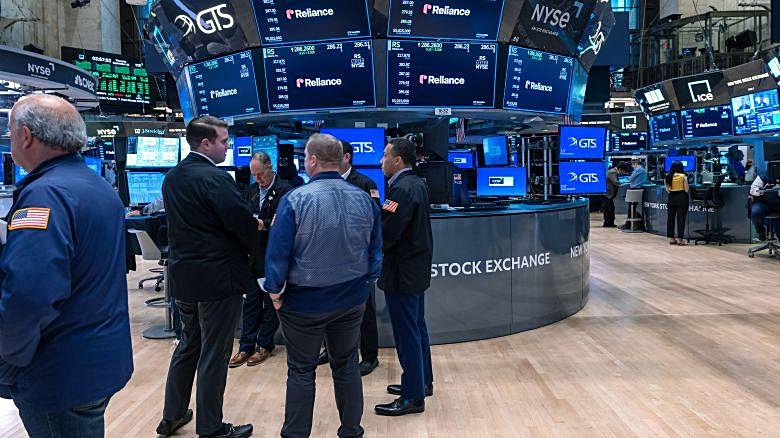Wall Street’s main indexes experienced a substantial surge on September 19th, following an unexpected interest-rate cut by the Federal Reserve. The Dow Jones Industrial Average and the benchmark S&P 500 Index both reached new all-time highs at the closing bell.
This stock rally occurred amidst a broader risk-on sentiment in the markets as investors absorbed the news of a 50 basis-point interest-rate cut by Fed policymakers, with indications of further reductions to come.
Liz Miller, President of Summit Advisors, commented on the market’s reaction, stating, “The market quickly surged after the announcement yesterday, then retraced some gains during Chairman Powell’s press conference, and ultimately ended the day flat. However, overnight, we have experienced a return of euphoria, solidifying the feeling that the Fed has made a pivotal shift.”
Miller further emphasized the potentially meaningful impact of the 50 basis-point rate cut on the economy, highlighting the immediate drop in mortgage rates as evidence. She stated, “Making a move from 25 to 50 basis points can have real ramifications in the economy, as we have already witnessed this morning with the decrease in mortgage rates. This is a significant development.”
The decision to cut rates by 50 basis points, announced on September 18th by the central bank’s rate-setting committee, was driven by the aim to support a cooling job market. Federal Reserve Chair Jerome Powell explained that the shift in risks moved from concerns about higher inflation to the growing threat of rising unemployment.
In a news conference held in Washington, Powell expressed his confidence that the Fed’s policy rate will not return to sub-2 percent levels, which were prevalent prior to the central bank’s recent hiking cycle in 2022, responding to multi-decade high inflation. Powell projected, “If the economy evolves as expected, the median participant envisions that the appropriate level of the federal funds rate will be 4.4 percent by the end of this year and 3.4 percent by the end of 2025.”
While this means that the extremely low mortgage rates of the past will not return in the near term, the rate cut will likely relieve some financial pressures as the Fed’s broader pivot into an easing cycle lowers borrowing costs.
Despite signs of a slowdown in hiring and wage growth, Powell remains confident that the economy will avoid a recession. He stated, “I don’t see anything in the economy right now that suggests an elevated likelihood of a recession or downturn. Growth remains solid, inflation is decreasing, and the labor market remains strong.”
Supporting Powell’s statement, the latest weekly jobless claims report from the Department of Labor revealed a drop in the number of Americans filing new applications for unemployment benefits— reaching a four-month low.
Carl Weinberg, Chief Economist at High Frequency Economics, affirmed Powell’s assessment, stating, “These hard numbers confirm the message delivered by Fed Chair Powell yesterday. The labor market is softening, but it is not imploding, as one would expect in a recession.”
Analysts at ING, in a note, suggested that given the risks facing the U.S. economy, the Fed may need to pursue more aggressive cuts in the future. They wrote, “Our forecasts align with the Fed’s intentions: bringing rates down to 3.5 percent or slightly lower by next summer. Prompt action from the Fed would allow the U.S. economy to avoid a recession, just as it did in the mid-1990s under Alan Greenspan.”
This outlook maintains its validity, but it is essential to recognize that the job market’s future appears more concerning, posing additional risks that might require the Fed to act more decisively and swiftly.
Discover more from Tension News
Subscribe to get the latest posts sent to your email.

